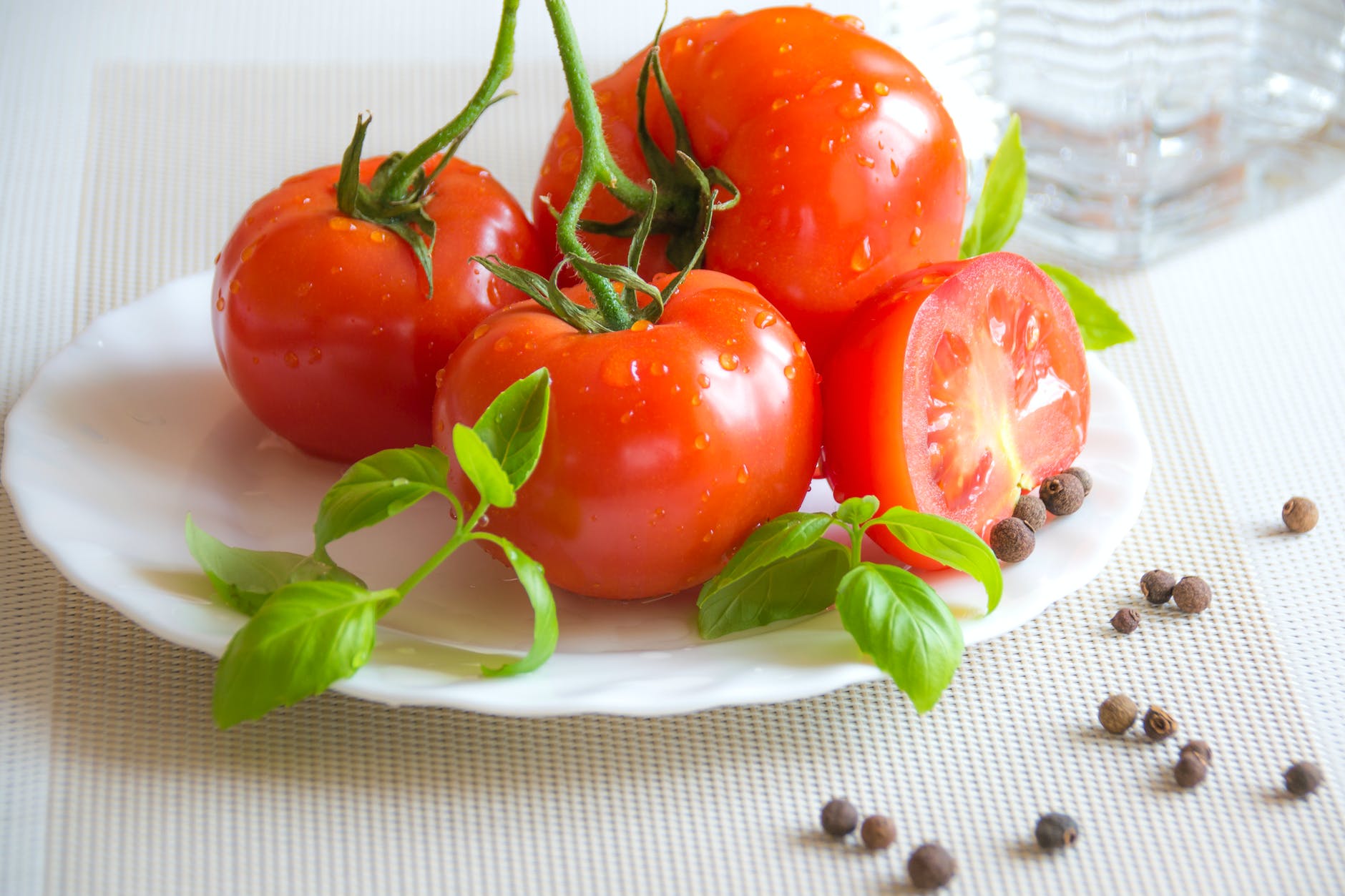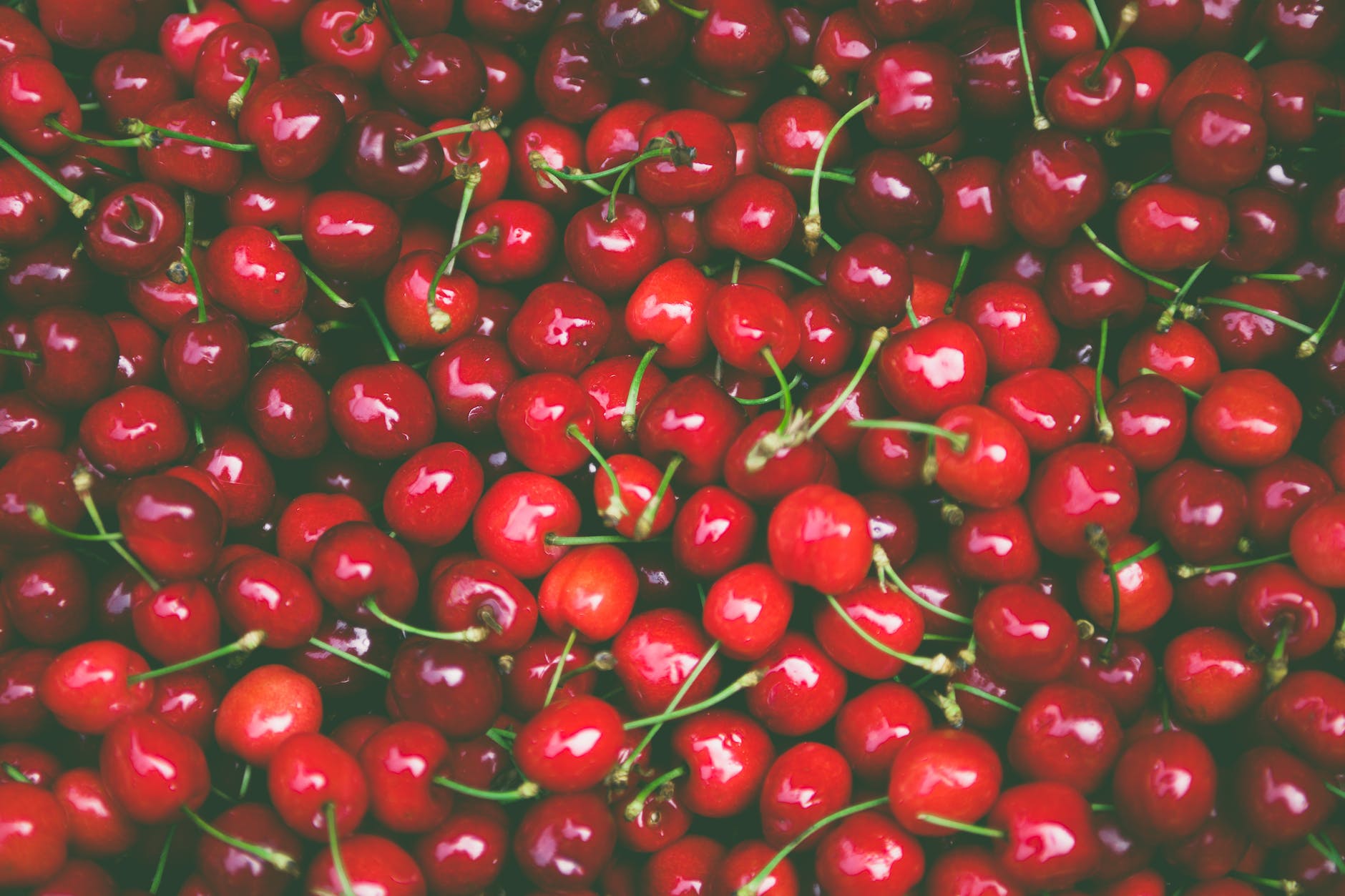
Arthritis can turn everyday tasks into painful challenges. Whether you’re dealing with osteoarthritis, rheumatoid arthritis, or another inflammatory joint condition, what you eat plays a powerful role in how you feel. While some foods help soothe joint pain, others may fuel the fire.
In this post, we’ll uncover the 12 worst foods to avoid with arthritis, combining insights from modern science and ancient Ayurveda to help you manage your symptoms naturally.
🔬 Why Your Diet Matters in Arthritis
Inflammation is the enemy in most forms of arthritis. Certain foods—especially ultra-processed and high-sugar items—can trigger inflammatory responses, worsen joint pain, and increase stiffness.
Meanwhile, a growing body of research supports the idea that anti-inflammatory diets, like the Mediterranean diet or Ayurvedic meal planning, may significantly improve arthritis outcomes.
🍽️ The 12 Worst Foods for Arthritis
1. 🥩 Red Meat
Red meat is high in saturated fats and advanced glycation end products (AGEs), both of which increase inflammation in the body. Multiple studies link red meat to an increased risk of rheumatoid arthritis.
✅ Swap with: Fatty fish like salmon or plant-based proteins like lentils.
2. 🍟 Fried Foods & Trans Fats
French fries, fried chicken, and doughnuts contain trans fats, which spike inflammation and may worsen arthritis symptoms. They also contribute to weight gain, increasing pressure on your joints.
✅ Swap with: Air-fried or baked alternatives using olive oil.
3. 🧁 Sugary Treats & Beverages
Sugar boosts production of pro-inflammatory cytokines. Frequent consumption of soft drinks, cakes, and candy is associated with worse pain and flare-ups in arthritis patients.
✅ Swap with: Fresh fruits like berries, dates, or honey in moderation.
4. 🍞 Refined Carbohydrates
White bread, pastries, and processed cereals cause rapid spikes in blood sugar, which lead to inflammatory responses.
✅ Swap with: Whole grains like oats, quinoa, and barley.
5. 🧂 High-Sodium Foods
Excessive salt in canned soups, chips, or frozen meals can trigger water retention and put extra strain on inflamed joints.
✅ Swap with: Fresh or homemade meals with natural herbs for flavor.
6. 🍺 Alcohol
Especially beer, which contains purines and gluten, can increase uric acid levels, potentially triggering gouty arthritis attacks.
✅ Limit to: 1 drink/day (women), 2 drinks/day (men)—or consider quitting entirely.
7. 🧀 Full-Fat Dairy Products
While dairy is debated, some people with arthritis find casein or lactose sensitivity worsens their symptoms. Full-fat options also raise inflammation.
✅ Swap with: Almond milk, coconut yogurt, or lactose-free dairy.
8. 🧈 Butter & Margarine
These spreads are high in saturated fats and often contain trans fats—both associated with increased systemic inflammation.
✅ Swap with: Avocado, nut butters, or olive oil.
9. 🍫 Processed and Packaged Foods
Ultra-processed foods (UPFs), even when eaten in small amounts, are now linked to muscle fat accumulation in the thighs—a predictor of osteoarthritis, per 2024 studies.
✅ Swap with: Fresh fruits, veggies, and minimally processed snacks.
10. 🥔 Nightshade Vegetables (in some cases)
Tomatoes, eggplants, potatoes, and peppers contain solanine, which some arthritis patients believe exacerbates joint pain—though evidence is anecdotal.
✅ Try: Eliminating for 2–3 weeks to test personal sensitivity.
11. 🧃 High-Fructose Fruits & Juices
Excess fructose can increase inflammation and uric acid. Mangoes, lychees, and packaged fruit juices are common culprits.
✅ Swap with: Pineapple (bromelain-rich), berries, and pomegranate.
12. 🐔 Conventional Chicken
Some chicken cuts, especially skin-on or processed ones, are high in omega-6 fatty acids, which promote inflammation if not balanced with omega-3s.
✅ Choose: Organic, skinless chicken or fatty fish for better omega balance.
🌿 Ayurvedic Wisdom: What Foods to Avoid
Ayurveda emphasizes balancing the Vata dosha, often aggravated in arthritis. Here are foods commonly discouraged in Ayurvedic treatment:
❌ Ayurvedic No-No’s:
- Curd (yogurt), especially at night
- Raw vegetables and salads
- Fermented and sour foods
- Excess pulses and lentils (drying in nature)
- Cold drinks and refrigerated leftovers
✅ Ayurvedic Yes-List:
- Cooked vegetables with ghee, turmeric, ginger
- Warm soups and khichdi
- Herbal teas with ashwagandha, giloy, and ajwain
🥦 Bonus: 5 Vegetables to Avoid for Arthritis
- Potatoes
- Tomatoes
- Eggplants
- Bell Peppers
- Cabbage (excessive raw consumption)
📊 Latest Scientific Backing
- Ultra-Processed Foods increase muscle fat in thighs, raising OA risk.
- Red Meat significantly increases RA risk (2024 UK Biobank Study).
- Omega-3s & Mediterranean Diet help reduce CRP and IL-6 levels.
- High-fiber diets improve gut health and lower arthritis risk.
- Nightshade elimination helps some—but not all—patients.
🙋 Frequently Asked Questions
Q1. Is chicken bad for arthritis?
Some chicken is high in omega-6 fats. Choose organic, lean cuts without skin.
Q2. Are nightshades always bad?
Not necessarily. Try an elimination diet to test if you’re sensitive.
Q3. Is dairy always inflammatory?
Only for some people. Try switching to plant-based or lactose-free options.
Q4. Can sugar worsen arthritis pain?
Yes. Sugar triggers cytokine production and increases inflammation.
Q5. What should I eat instead?
Opt for fruits, vegetables, whole grains, olive oil, and omega-3-rich fish.
📌 Final Word: Your Plate, Your Power
Managing arthritis doesn’t just happen at the doctor’s office. It happens in your kitchen. By avoiding these 12 foods—and following Ayurvedic wisdom—you can begin to take control of inflammation and pain.
Focus on eating fresh, anti-inflammatory, and nourishing foods, and your joints will thank you.
🌟 Want a Complete Food Chart, Ayurvedic Meal Plan, and Recipe Ideas?
👉 Read the full article on MasalaMonk.com to dive deeper into meal planning, natural remedies, and holistic relief for arthritis.












